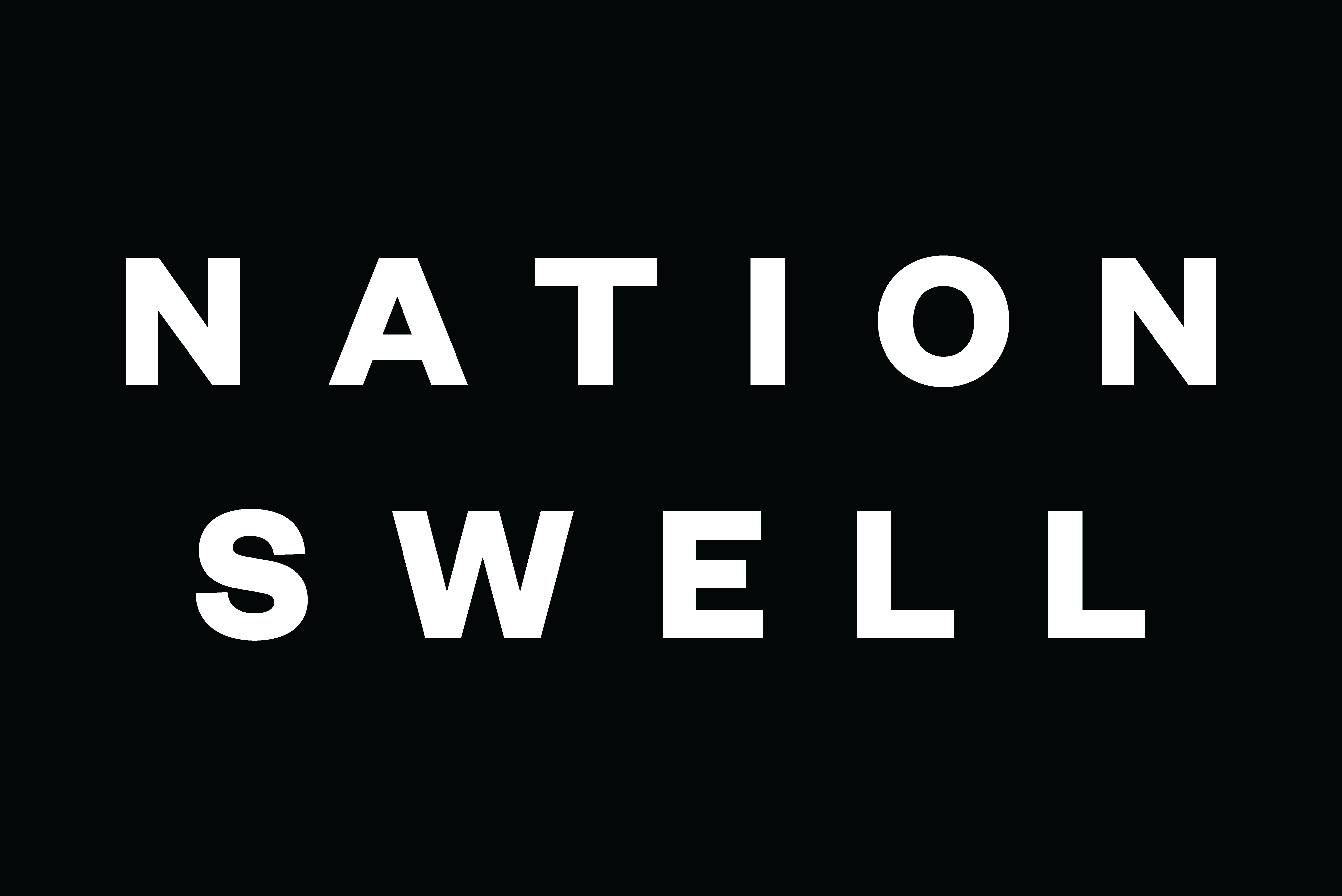Collective action provides a pathway to greater scale, durability, and innovation. It also distributes and mitigates some of the risks that can undermine or deter individualized approaches. But what are the most successful, proven, and accessible forms of collective action in practice today? Which examples can we look to for how various models work at their best? And what should impact leaders be asking and weighing when determining the best ways to advance shared goals with would-be collaborators?
On October 30, NationSwell hosted a virtual Leader Roundtable dedicated to exploring The State of Collective Action by introducing new analysis on the most prevalent models for collaboration, sharing a new resource designed to help leaders identify which approaches best fits their goals, and spotlighting other ways we’re helping you spark connection and partnership within our ecosystem.
Some of the most salient insights from the discussion appear below:
Key takeaways
The field is evolving from “should collaborate” to “must collaborate.” With accelerating technological change and complex social challenges, collaboration is shifting from a desirable practice to a core strategic capability. Leaders reflected on when to launch new coalitions, when to join existing ones, when to sunset from partnerships, and how to balance urgency with sustainability.
Collective action requires clear structure and governance. Coalitions succeed when they establish shared purpose, defined roles, transparent governance, and mechanisms for accountability. Structure promotes consistency, momentum, and alignment across diverse partners.
Collaboration frameworks help leaders choose the right model. Taxonomies, like that contained in NationSwell’s new resource on collective action models, and playbooks for collaborative work are helping the field gain clarity on when to convene, when to follow, and when to partner. These models guide decisions on structure, decision-rights, and stewardship, reducing duplication and increasing efficiency.
Equity must be a design principle. Lower barriers to entry and open pathways for smaller organizations, grassroots partners, and historically under-resourced communities to meaningfully participate. Flexible funding, capacity building, and intentional inclusion practices are essential.
Trust and relationship-building are core infrastructure. Sustained and equitable collaboration is rooted in trust. Transparent communication, shared decision-making, and ongoing engagement build the social capital needed to navigate tension, share power, and stay aligned through long-term systems-change efforts.
Resource the work behind the work. Collective success depends on establishing resourcing backbone functions such as convening, coordination, communications, and shared measurement. Micro-grants and operational support help ensure all partners can contribute fully.
Measure what matters. Participants noted that impact measurement remains a difficult yet important aspect of effective collaboration. Ideally, partners should identify their key leading and lagging indicators at the outset of an initiative, ensuring transparency and accountability from the beginning.

 "
"
